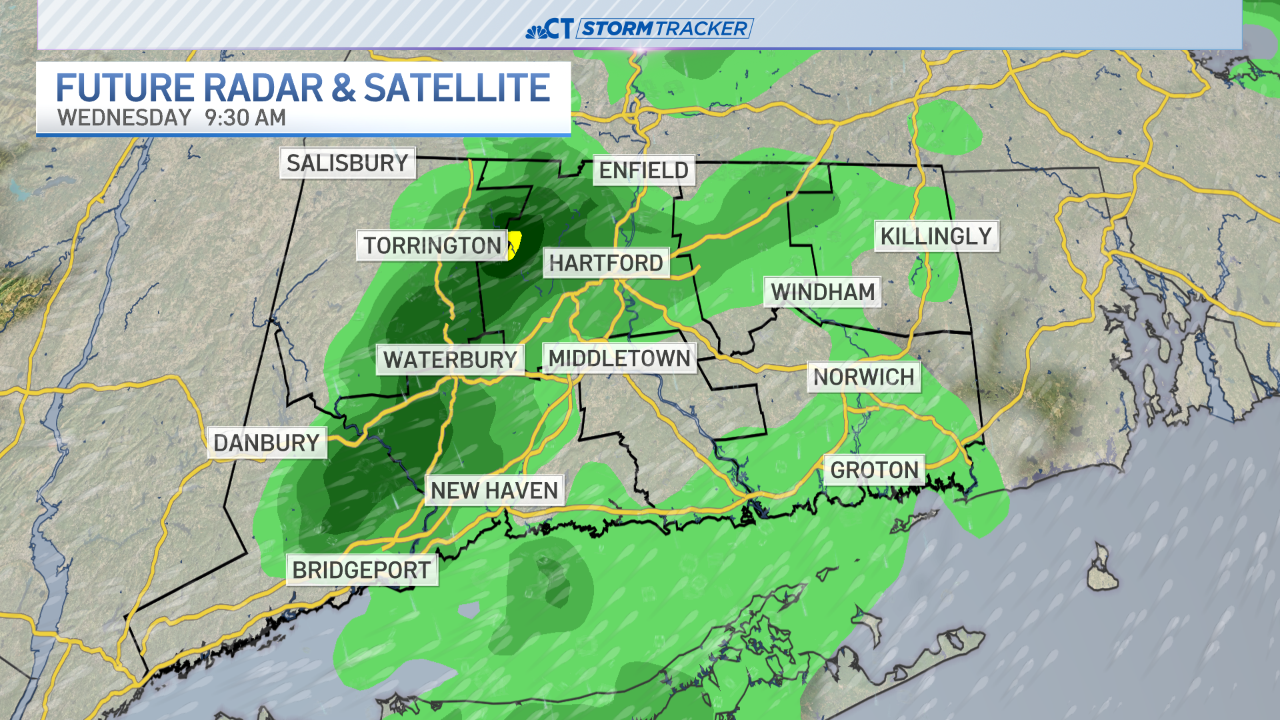Twenty-two years ago today, Hurricane Bob slammed into Block Island as a category 2 hurricane.
The worst of Bob's fury missed Connecticut but sustained, hurricane-force winds clipped New London County while more than six inches of rain drenched the rest of the state.
About 250,000 Connecticut Light and Power customers lost power during Bob, and six Connecticut residents lost their lives.
But it was tropical storm Diane that hit on August 19, 1955 that changed the landscape of Connecticut.
Diane hit less than a week after the remnants of tropical storm Connie struck New England. Neither storm produced strong winds, but the rain was phenomenal.
Between 10 inches and 27 inches fell across Connecticut over the course of a week. The worst of the rain was concentrated in the northwest and northeast hills.
Eighty-seven people died in the 1955 flood the morning of Aug. 19.
No rainstorm since then has rivaled Diane's downpour. Record river levels on the Farmington, Naugatuck, and Quinebaug rivers haven't been approached.
The 1955 flood was the impetus for the state and federal government to install flood control measures, such as dams, across the most vulnerable rivers.
So far, this tropical season has been quiet. No hurricanes have formed in the Atlantic Ocean and the next seven days look quiet as well.
The presence of dry air over the eastern Atlantic and hostile upper level winds in the central Atlantic has effectively shut down tropical development for the time being.
Most long-range forecasters continue to think this hurricane season will be active and many have reduced their forecasts from earlier in the year.
The National Oceanic and Atmospheric Administration has also reduced its forecast but is still calling for an above-average season with six to nine hurricanes in the Atlantic Basin and three to five major hurricanes.
The peak of hurricane season is not until Sept. 10.


